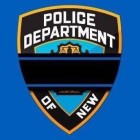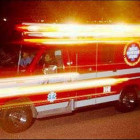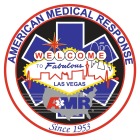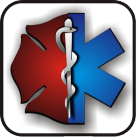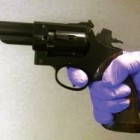
Mar 5, 2015
Read Justin Schorr’s post by following this link! Everybody loves a good internet debate, right? This afternoon I engaged in one of those with my good friend and Chronicles of EMS star Justin Schorr about response times and their impact on EMS. Sparking the debate was an article that Justin shared that discusses the impact of response time compliance on a large city in the United States covered by a fire based EMS system backed up by two private services. In his post, Justin disclosed that he is a firefighter/paramedic and a “card carrying member” of the IAFF. Staying in the same mentality, I need to disclose that I worked for a private EMS service for 12 years that held a busy urban 9-1-1 contract. I now work for a municipal ALS only third service that intercepts a number of BLS level fire departments. Also, as some might have heard, I am associated with the EMS Compass performance measures initiative. The views in this post are my own and in no way reflect those of anyone associated with the project. The debate that Justin and I had revolved around two topics: the importance of response times, and the importance and relevance of ALS first response. I am going to break down those two topics separately. Do response times matter? In most EMS systems, response times are king especially when it comes to those serviced by the private sector. “Just get there, and we have nothing to worry about.” All that matters is an ambulance shows up, and is most cases stakeholders want somebody on that ambulance to have a paramedic patch on their sleeve. What happens from there does not really matter unless somebody complains. It is funny that this topic comes up now, because currently sitting on the desktop of my computer is an almost completed blog post about anecdote vs evidence. The concept that response times matter to patient outcomes is one of the most anecdotal statements that has ever been made. There are three different arguments that I feel support this. First think about the path that the majority of our patients take when they arrive at an emergency room. Think about...

